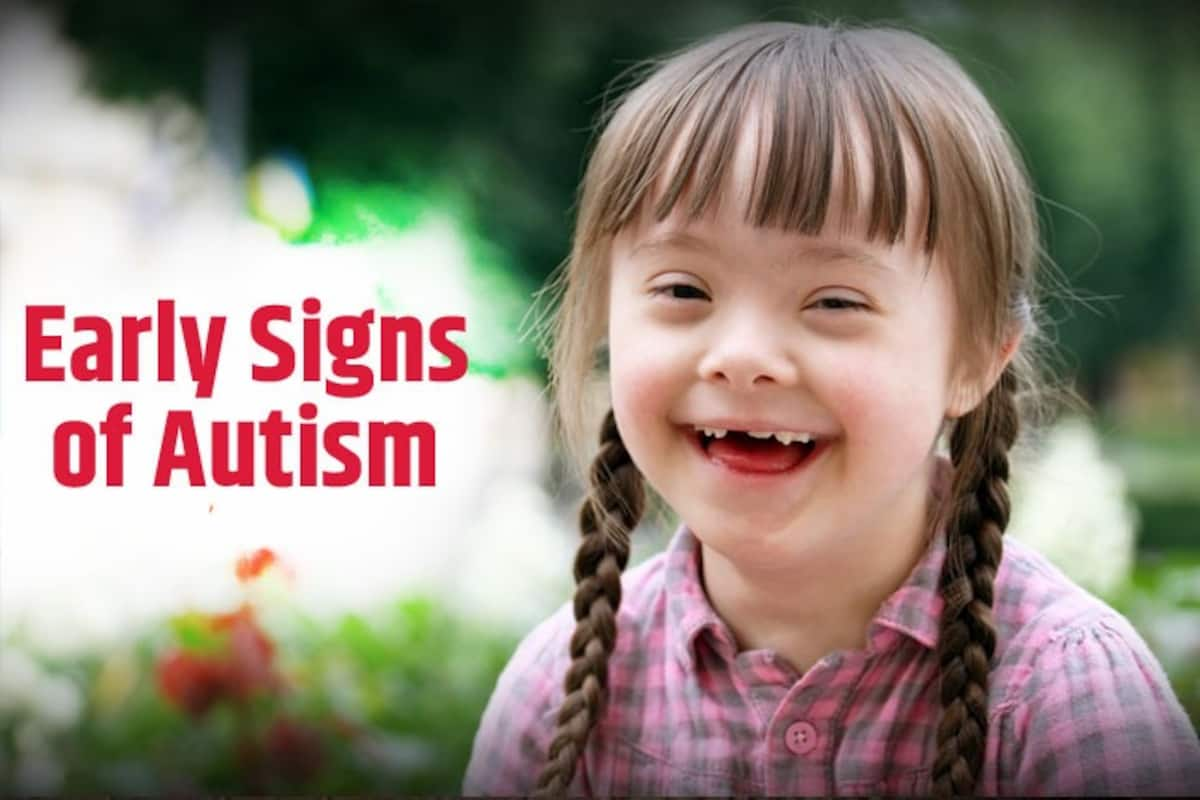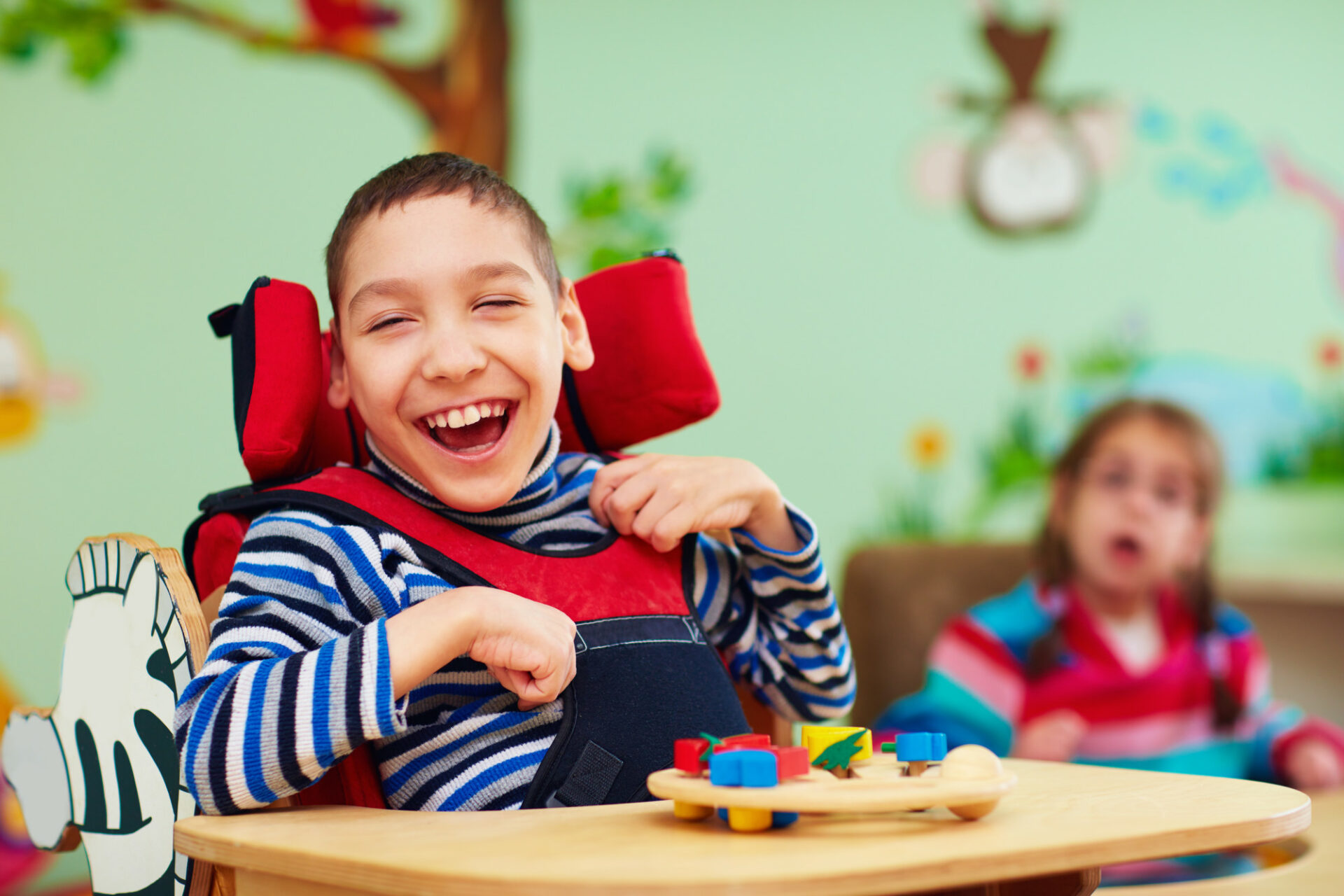Browsing Social Obstacles: Tips for Individuals Living with Autism
Browsing Social Obstacles: Tips for Individuals Living with Autism
Blog Article
Checking Out Autism: Techniques for Efficient Interaction and Communication
Efficient communication and communication with individuals on the autism range necessitate a comprehensive understanding of their one-of-a-kind requirements and choices. The complexities of these approaches expose further factors to consider that merit exploration, specifically in exactly how they can be adjusted to diverse contexts and specific experiences.
Understanding Autism Range Disorder
Autism Range Problem (ASD) includes an array of neurodevelopmental conditions identified by challenges in social communication, interaction, and repeated actions. The term "spectrum" shows the varied manifestations and varying levels of severity experienced by individuals with ASD. While some might exhibit substantial impairments, others may show high-functioning traits, permitting higher freedom in life.
The beginning of ASD generally happens in very early childhood, with indications usually recognizable by age two. Early indications might consist of delayed speech advancement, minimal eye call, and difficulties in understanding social hints. Although the specific etiology of ASD remains unclear, research suggests a mix of hereditary and ecological factors plays a critical function in its development.
Individuals with ASD typically have special staminas, such as increased interest to detail and outstanding memory abilities. Nevertheless, they may battle with comprehending abstract concepts and managing adjustments to regular. Consequently, treatments and support customized to individual demands are important for cultivating interaction and social skills. Identifying the complexity of ASD is vital for advertising understanding, approval, and efficient techniques that help with meaningful communications with people on the spectrum.

Significance of Clear Interaction
Efficient communication is crucial for cultivating understanding and link, specifically for people with Autism Spectrum Disorder (ASD) Clear communication not just promotes social communications however also boosts the person's capability to express their needs, emotions, and ideas. For people with ASD, the subtleties of language can typically be challenging; consequently, making use of simple and unambiguous language is essential.
In addition, clear communication aids minimize aggravation and anxiousness that may occur from misconceptions. When messages are communicated in a consistent and straight manner, people with ASD are much better furnished to analyze info accurately, which can substantially enhance their social involvement and participation in different setups.
Establishing regimens and making use of visual assistances can further boost clear interaction. These techniques give individuals with predictable structures that aid understanding and retention of info. In addition, actively paying attention and being person during interactions advertises a supportive environment where people with ASD really feel valued and understood.
Ultimately, focusing on clear communication not only encourages people with ASD but likewise promotes even more meaningful links with their peers, caregivers, and the broader area, leading the way for collaborative relationships and inclusive interactions. - autism
Non-Verbal Interaction Strategies
Interaction expands past words, and for people with Autism Spectrum Disorder (ASD), non-verbal cues play a considerable function in interactions. Non-verbal communication methods can include facial expressions, gestures, body language, and eye contact, all of which function as vital components for conveying intentions and emotions.
Recognizing and analyzing these non-verbal signals can enhance interactions with people with ASD. For example, a warm smile or open pose can develop an inviting environment, encouraging interaction. Likewise, making use Full Article of aesthetic help-- such as picture cards or signs-- can connect communication gaps and help share messages better.
It is additionally important to be conscious of individual area, as individuals with ASD may have various convenience degrees regarding you could try here distance. Observing their responses to physical nearness can educate ideal adjustments.

Creating Supportive Environments
Producing a helpful setting is critical for fostering positive communications and boosting the well-being of people with Autism Range Condition (ASD) Such atmospheres can considerably minimize stress and anxiety and produce a sense of safety and security, allowing people to share themselves much more openly.
To achieve this, it is essential to think about sensory level of sensitivities that people with ASD might experience. Customizing the physical area to include soft lighting, very little history sound, and comfy seating can create a soothing atmosphere. Furthermore, using consistent routines and clear visual timetables can assist individuals anticipate transitions and lower uncertainty, additional advertising comfort.
Social areas must be structured to decrease frustrating stimulations while supplying possibilities for interaction in favored activities. Assisting in areas marked for peaceful time can additionally offer as a haven throughout moments of stress. Importantly, incorporating elements of choice equips individuals, enabling them to work out company in their atmosphere.

Motivating Social Communications
Promoting social interactions among people with Autism Spectrum Problem (ASD) requires intentional techniques that prioritize convenience and involvement. Developing foreseeable regimens can aid decrease anxiety, making social setups extra approachable. Producing organized environments with defined responsibilities and roles allows people to involve without the overwhelming stress of disorganized social characteristics.
Including passions and click over here now toughness right into social activities can act as a driver for communication. Organizing group activities around shared leisure activities or topics of fascination can assist in all-natural discussions and links. Furthermore, making use of visual assistances, such as pictorial schedules or social manuscripts, can assist in comprehending social hints and assumptions.
Designing suitable social habits is vital - autism. Peers and adults should demonstrate reliable communication methods, including active listening and turn-taking. Role-playing situations can likewise supply a safe space for individuals to practice these skills
Lastly, promoting peer connections via comprehensive techniques is vital. Encouraging comprehensive playdates or team trips can produce chances for socialization in a comfortable setup. By applying these techniques, caretakers and instructors can considerably enhance social interactions for people with ASD, promoting their overall social development and well-being.
Verdict
In conclusion, reliable interaction and interaction techniques are crucial for supporting people with Autism Range Disorder. Ultimately, these approaches encourage people with autism to navigate social landscapes, promoting their overall health and enabling the advancement of long lasting partnerships.
Efficient interaction and communication with individuals on the autism range require an extensive understanding of their one-of-a-kind demands and choices. Clear communication not only facilitates social interactions yet additionally boosts the person's ability to reveal their feelings, needs, and ideas.Promoting social communications amongst people with Autism Range Problem (ASD) calls for willful methods that prioritize comfort and engagement. By carrying out these educators, caretakers and methods can dramatically enhance social interactions for people with ASD, promoting their general social growth and wellness.
In final thought, reliable interaction and communication strategies are vital for sustaining people with Autism Range Problem.
Report this page